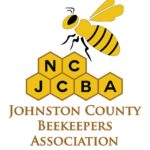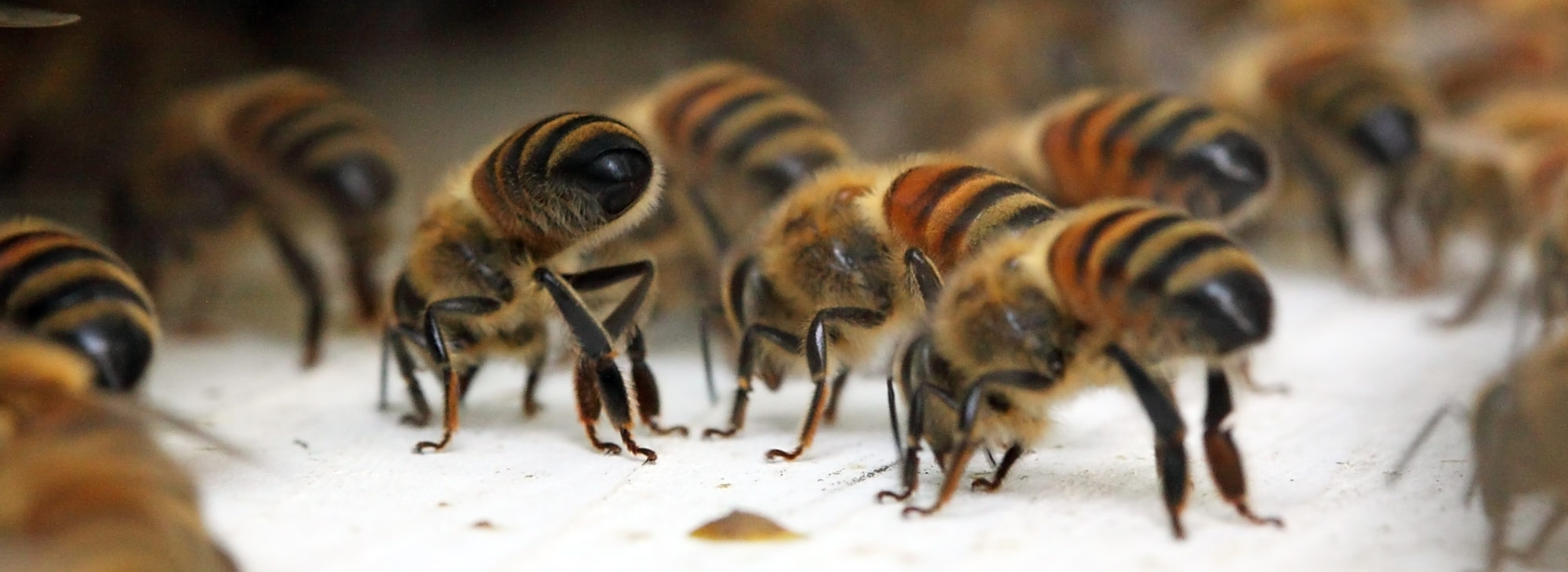See NCSU article about bees: http://www.ncsu.edu/features/
Category: Blog
Bee Venom has been discovered to prevent HIV
Washington University in St. Louis.
Thought you might like this...
http://youtu.be/DZX_2mf4DDY

Johnston County Beekeepers Association
Johnston County, North Carolina

See NCSU article about bees: http://www.ncsu.edu/features/
Washington University in St. Louis.
Thought you might like this...
http://youtu.be/DZX_2mf4DDY